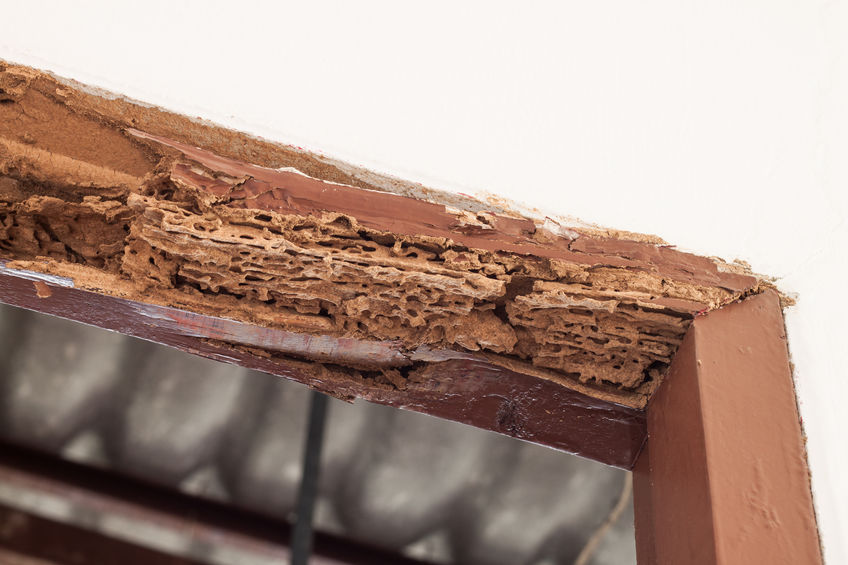Since the mid 20th century, entomologist, biologists and other scientists have devoted much research to the relationship between termites and fungal wood rot. Considering the abundance of termite pests in the US, as well as the commonality of wood rot fungi on indoor structural wood sources, it is certainly worth knowing if homes that contain fungal wood rot are susceptible to termite infestations. Based on decades of research, experts have found that wood rot fungi can either benefit or harm termite pests depending on the fungal species.
Many people are aware that subterranean termites require copious amounts of water in order to survive, as the insects evolved in tropical soil that has remained heavily saturated with water due to frequent bouts of rainfall and humid climatic conditions. Due to their soil habitat, subterranean termites will perish from dessication almost immediately if they become exposed to the dry outside air. This is why subterranean termite pests must construct protective air-tight “mud tubes” in order to safely access above ground wood sources.
Naturally, subterranean termites prefer to feed on structural wood that has a fairly high moisture content, but their ability to use their mud tubes to return to the moist ground soil for hydration purposes allows the pests to infest even relatively dry lumber components in fairly new houses. Subterranean termites especially prefer structural wood sources that have become excessively damp, decayed and rotten due to rainwater leaks, lawn irrigation or plumbing issues.
Since excessive moisture within a home may cause structural wood rot, it is not surprising to learn that subterranean termites are particularly attracted to these compromised wood sources. In fact, some species of fungal wood rot can increase structural wood consumption, tunneling direction and aggregation behavior among eastern subterranean termites. Therefore, subterranean termites inflict damage at a relatively rapid rate when feeding on rotten structural wood.
At least four common species of brown rot on indoor structural wood sources stimulate eastern subterranean termite feeding activity while also providing the pests with high amounts of nitrogen, vitamins and other beneficial nutrients. However, some species of fungal wood rot can be toxic to subterranean termites, and researchers have been experimenting with numerous species of fungal wood rot, such as Lentinus lepideus, since the 1960s in an effort to develop an environmentally safe method of termite control.
Does your home contain lumber components that may have become compromised by fungal wood rot?

